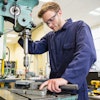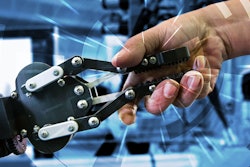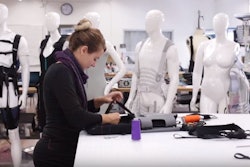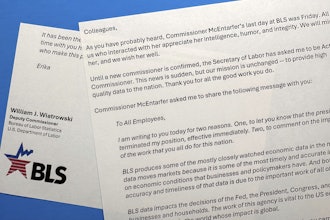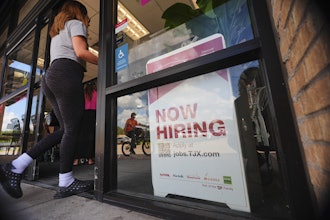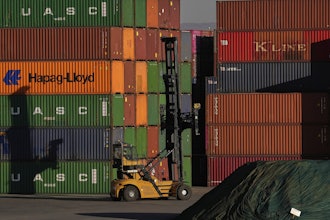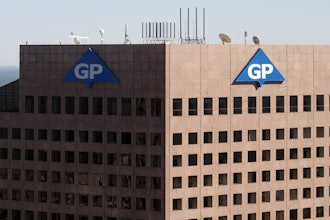The digital revolution has automated manufacturing tasks once performed by hand, eliminating some jobs while simultaneously creating a demand for tech-savvy workers who can use the newest digital tools.
Theoretically, today’s aging manufacturing workforce means that the industry is ripe with new opportunities for advancement and leadership among younger, more tech-savvy workers. There’s one big problem, though: young workers lack the years of hands-on manufacturing experience that gave their predecessors invaluable institutional knowledge.
Call it a skills gap, or a generational gap — both terms are accurate. What matters is that it must be bridged. Enterprise resource planning (ERP) may be just the solution.
Why the Gap?
The skills gap comes as a result of baby boomers reaching retirement age. Each day from now until 2030, the Pew Research Center estimates that 10,000 Americans will reach age 65. This demographic shift means that the manufacturing workforce will soon lose its most experienced employees. Manufacturing companies are so desperate to retain them that nearly half of all employers are encouraging older workers to remain on the job longer — but this can only sustain the industry for so long.
Attracting a Younger Workforce
In manufacturing’s diverse, tech-driven future, younger employees are a good fit. The industry has made strides to attract and retain younger employees to the workforce, highlighting opportunities for advancement and salary growth, job security, and innovation.
While this is an important step in filling the gap, more adolescents are pursuing four-year degrees after high school instead of a vocational program or apprenticeship. This means that even when companies succeed in attracting younger employees, the majority of these new workers won’t have worked on a manufacturing floor — or, often, in any hands-on labor position — before. They lack the know-how that comes from on-the-job learning.
Employers must find a way to transfer knowledge and expertise from the older workforce, well-trained and accustomed to the intricacies of the industry, to the incoming generation of manufacturing workers.
ERP and the Sharing of Knowledge
An enterprise resource planning (ERP) solution efficiently encodes and formalizes the best practices of your entire workforce. It captures, standardizes, and documents the manufacturing procedures that past generations once carried out by hand and jotted down with paper and pen.
An ERP system allows access to supply chain management information that workers and managers need to make decisions and adjustments on the fly. Logging information in an ERP is a straightforward task that presents little challenge even to the most old-school of the industry’s baby boomers. The right ERP solution can allow these employees to retire knowing they’ve contributed to the long-term sustainability of the company.
From there, millennial employees can easily access company information at any time, and often on any device. Young employees expect workplaces to employ technology solutions.
Accessibility of workplace information is critical. Recent market research found that 63 percent of manufacturing companies have “Bring Your Own Device” (BYOD) policies so staff members can access workplace information using their tech tool of choice.
An ERP solution helps to accomplish what all generations of employees want: an efficient system that minimizes the amount of time it takes to complete tasks without compromising quality.
With the manufacturing industry’s skill and generation gaps widening over the next decade, it is incumbent upon companies to embrace solutions to close the skills gap between retiring and incoming employees.
How is the generation gap affecting your company, and what are you doing about it? Let us know.
Aaron Continelli is president of Cre8tive Technology and Design.

